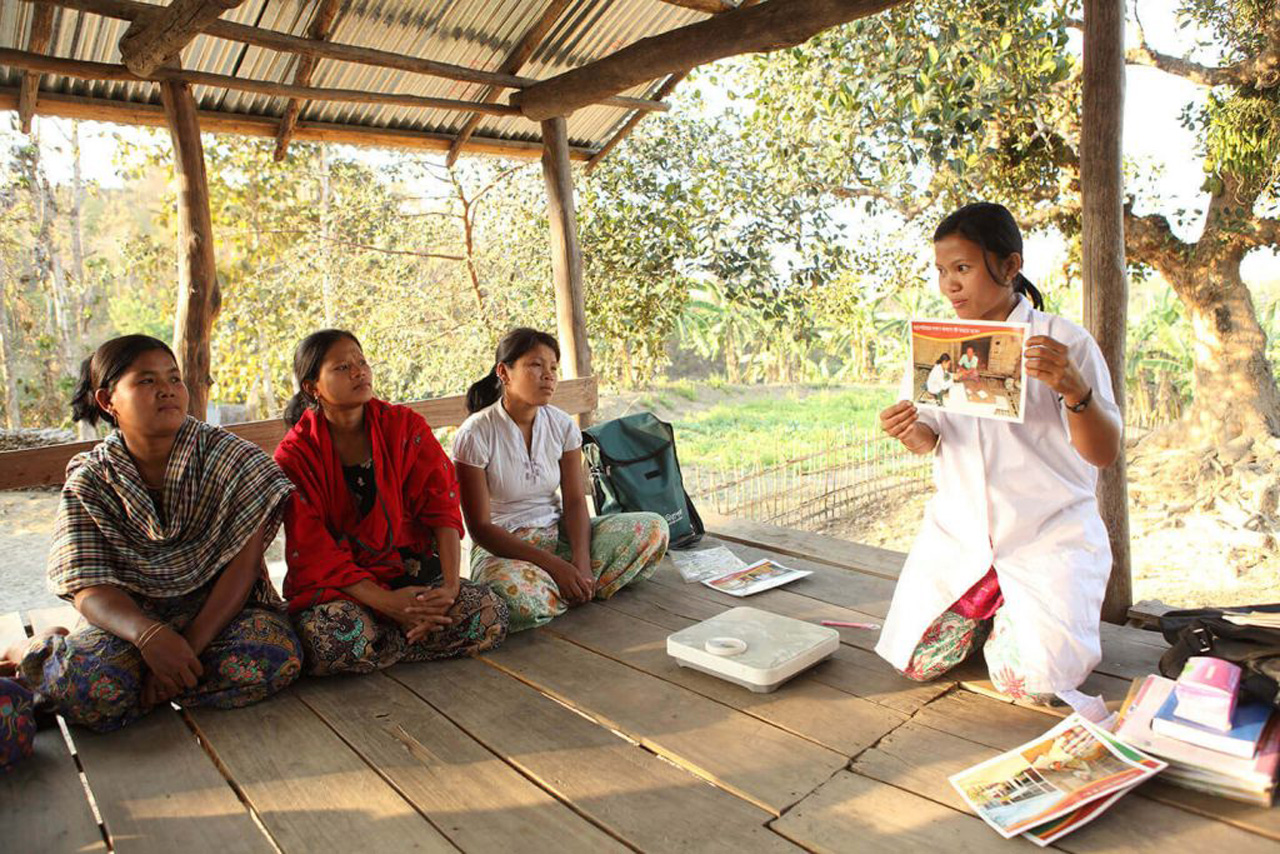How to eliminate malaria: At the last mile in Bangladesh
Reading Time: 2 minutes
Mosquito bites are unpleasant for everyone. Most of the time, we simply shrug them off as a brief feeling of discomfort though. That is not the case for many people around the globe though, such as the 216 million people affected by malaria, a preventable disease that claimed the lives of nearly 445,000 people in 2015 alone.
The disease is concentrated in 13 endemic districts in Bangladesh that border Myanmar and India, meaning that 17.8 million people at a risk of contracting malaria.
The Chattogram Hill Tracks (CHT) are the highest risk region in the country and account for 93% of the total reported cases. Only 29,247 cases of malaria were reported in 2017 though. Concerningly however, 9% of these cases were children.
Sumaiya, a seven-year-old girl child, does not have the privilege of living with her parents. They work in the ready-made garments sector, and she spends most of her time in the guardianship of her grandparents. Last year Sumaiya visited her aunt’s house and just 48 hours after returning home, she developed a fever. It was ignored as harmless due to its intermittent nature. She seemed to recover by the end of one week. It came back, however – and then kept coming back. Sumaiya’s illness lingered for another month. Her grandparents consulted a local health practitioner who gave her regular medicine. Her symptoms continued for another two months.
When Kahinur Akhter, a community health worker, heard of Sumaiya’s symptoms, she conducted a rapid diagnostic test (RDT) immediately. Her grandparents learnt that Sumaiya was actually suffering from malaria. Kahinur immediately gave her life-saving antimalarial drugs and instructed her guardians on the necessary care giving regime.

From barely being able to walk, Kahinur was soon back to playing with her friends in just a few weeks.
Turning the tide of the malaria epidemic
Bangladesh is one of the front runners in keeping malaria under control in South East Asia. The incidence of the disease has been in decline since 2007 when Bangladesh started receiving aid support from The Global Fund.
This remarkable reduction in the number of people infected is owed to the National Malaria Elimination Programme and the NGO consortium led by BRAC which follows a highly effective mechanism focusing on three prime areas – vector control, rapid detection and prompt treatment, and building awareness amongst communities.
The number of malaria cases reduced from 84,690 in 2008 to 29247 in 2017, a collective reduction of 65%.
Mechanisms that really work
In an effort to safeguard the people, long-lasting insecticidal nets are provided up to the last mile and are free of cost to communities, with special emphasis given to outdoor workers such as jhum cultivators. Community health workers create awareness and identify potentially infected patients, test them, and treat them immediately with antimalarial drugs. In the remotest areas, where the language difference possesses a major communication barrier, locals are employed and trained to publicise messages on malaria symptoms and preventive measures.
Taking on the last straw
In 2016, less than 1% (0.2%) of the total reported cases in South East Asia came from Bangladesh. In line with this trend, the WHO has set ambitious goals for the country to completely eradicate malaria by 2030.
Farhan Patwary is a medical officer at BRAC Communicable Disease Programme and TB Control. Zarfisha Alam is senior sector specialist, knowledge management, innovation and fundraising at BRAC WASH.





